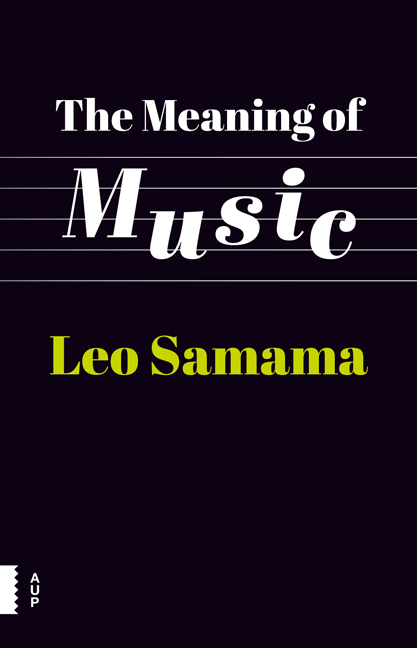17 - Dvořák and the Bohemian Overcoat
Published online by Cambridge University Press: 24 December 2020
Summary
‘We have here in America been offered a pattern for an “American” national musical costume by the Bohemian Dvořák – though what Negro melodies have to do with Americanism in art still remains a mystery.’ That was telling him: a Bohemian costume for Americans indeed! This statement comes from the American composer Edward MacDowell, whose two piano concertos incidentally sound very much like those of the Norwegian Edvard Grieg. Never mind, you don't always have to be capable of practising what you preach. From 1896 MacDowell was the first professor at the faculty of music at Columbia University. He had studied in Europe, in Paris and Frankfurt. Alternatives were yet to be established in the United States. Nationalism had little to do with folk music for MacDowell. However, by contrast, Antonín Dvořák had propagated the use of melodies of Native Americans and African Americans some years before as a way of achieving a national American music.
Dvořák arrived in the United States at the end of September 1892 on a steamer from Bremen, accompanied by his wife and two of his six children. The purpose of his trip was two-fold. He had a desire to study American music, but he had also been invited by the wealthy Mrs Jeanette Thurber to take up the post as director of the new National Conservatory of Music of America in New York, which she was financing. Dvořák described his duties in a letter to a friend: ‘The directorship of the Conservatoire and to conduct 10 concerts (with my own compositions) for 8 months and 4 months vacation, for a salary of 15,000 dollars or over 30,000 gold francs. Should I take it? Or should I not?’ Of course, he didn't refuse. He would never have been able to earn that much money in Prague, and in addition Mrs Thurber had arranged everything so that he could continue composing. The new post represented both his reward and recognition.
Dvořák wrote several famous works in America, including the String Quartet in F major, also known as the ‘American’ and previously even the ‘Negro’ quartet, and the Symphony in E minor, with the title From the New World.
- Type
- Chapter
- Information
- Meaning of Music , pp. 149 - 155Publisher: Amsterdam University PressPrint publication year: 2016



